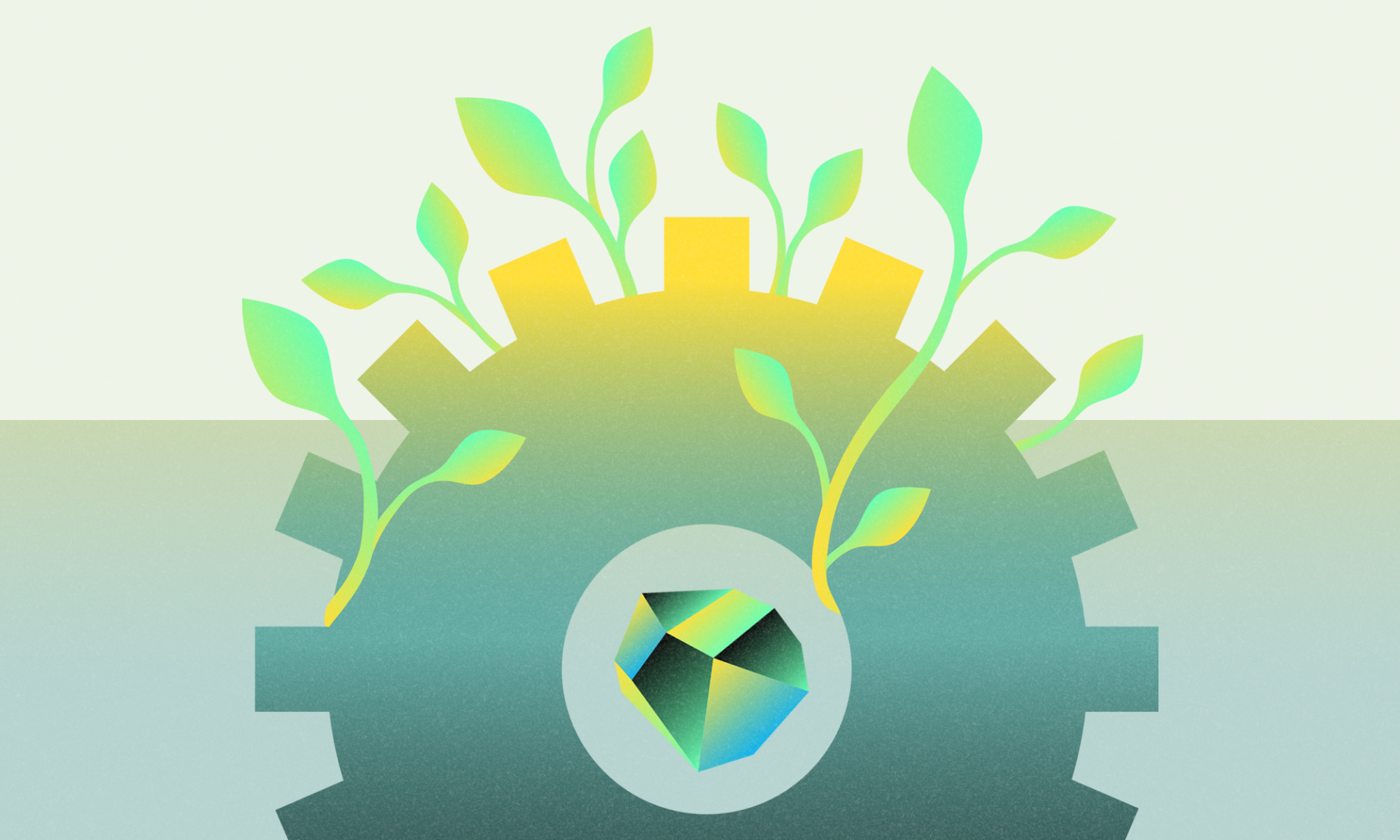
What is green steel?
In the race to a net-zero future, demand for steel is expected to soar by as much as 40 per cent by 2050. Wind turbines, solar panels and electricity transmission towers worldwide will require 2.8 billion tonnes of steel, or the equivalent of 40,221 Golden Gate bridges, by 2050, Bloomberg projects.
The trouble is, new steel emits nearly 1.4 tonnes of CO2 on average. Steel is responsible for almost one-fifth of global coal use.
The solution is green steel — a set of production methods that have the potential to decarbonize the steel-making process.
How ‘dirty’ is traditional steel production?
The majority of steel production puts iron ore into a high-temperature blast furnace and basic oxygen furnace (BOF), where coke from metallurgical coal is used to reduce the ore to molten pig iron (crude iron with higher impurities and carbon content). This hot metal is then transferred to the BOF, where a controlled reaction reduces the carbon content of the metal, resulting in liquid steel.
Because it relies on coal (both as a source of energy and as a critical input), it is highly emissions-intensive. Coal is by far the dirtiest fossil fuel throughout its supply chain and currently, steel is responsible for 20 per cent of global coal use according to International Energy Agency (IEA).
What’s the alternative?
There is a second method for turning iron into steel that is dependent on a very high grade of iron ore and includes the integration of an electrified furnace to reduce or eliminate emissions from the process.
In this method, DR-grade iron ore (ore with high iron content and low impurities) is reduced using natural gas (which displaces the coal), producing direct reduced iron (DRI). Natural gas is initially converted to syngas in a reformer before entering a furnace, where the carbon monoxide and hydrogen constituents of the gas act as reducing agents to purify the iron ore.
The steelmaking step is electric: DRI is put into an electric arc furnace (EAF), generating liquid steel. In the traditional blast furnace production route, iron ore is melted, and impurities form a separate liquid “slag” layer and are removed. In the direct reduction route, the iron ore pellets are not melted and impurities are not removed in a slag layer. For this reason, high-grade iron ore is required to limit impurities; the quality of the final product remains closely dependent on the grade of the iron ore input.
This process, known by the shorthand DRI-EAF, emits on average about 50 percent less CO2 per tonne of steel compared to the integrated blast furnace method, with even greater emissions reductions possible if the electricity used comes from clean sources.
Beyond this substantial emissions reduction from displacing coal as a reductant, the natural gas input has the potential to be replaced by clean hydrogen. (Check out our PPF Explains feature on green hydrogen.) With hydrogen-based DRI (H-DRI), near-zero emissions steel can be obtained if low-carbon electricity is used in the hydrogen generation step of the process.
What about recycled steel?
Another alternative can be scrap-based production, which relies on recycling the existing steel in cars, buildings, infrastructures, etc., and currently accounts for 22 percent of all steel production.
With significantly lower energy and emissions intensity, maximizing the steel output and electrifying the process in this method is one of the lowest-hanging fruit decarbonization solutions for the industry.
However, this method has its own limitations, including a limited supply of scrap steel as the main input and the need for higher-grade steel in many use cases that can’t be achieved through scrap-based production.
Where is green steel being produced?
Only five percent of steel globally is made through natural gas-based DRI-EAF, but more is on the way. Algoma Steel in Sault Ste. Marie, Ont., and ArcelorMittal Dofasco in Hamilton are both transitioning to EAF with the assistance of more than $800 million in support from the governments of Canada and Ontario. The former will produce scrap-based steel with its EAF, and the latter will rely on its vertically integrated DR-grade iron ore from its pellet plant in Port-Cartier, Quebec, for transition to the DRI-EAF steel production method.
While there are no commercial plans for hydrogen-driven H-DRI in Canada today, ArcelorMittal’s furnaces will be constructed “hydrogen-ready,” and they intend to harness green hydrogen in the second phase of its steel decarbonization plans.
According to Bloomberg, the H-DRI share of global steel production could rise to 31 percent by 2050, with another 45 percent sourced from recycled scrap metal and the remaining steel coming from integrated plants retrofitted with carbon capture.
There are big opportunities for Canadian iron ore producers, too. Two of the largest global suppliers of DR-grade iron are located in Canada, which accounts for 10 percent of the world’s DR-grade iron ore supply.
To learn more see PPF’s report on the subject: The Strength of Green Steel: Boosting competitiveness, decarbonizing supply chains, seizing geopolitical advantage


